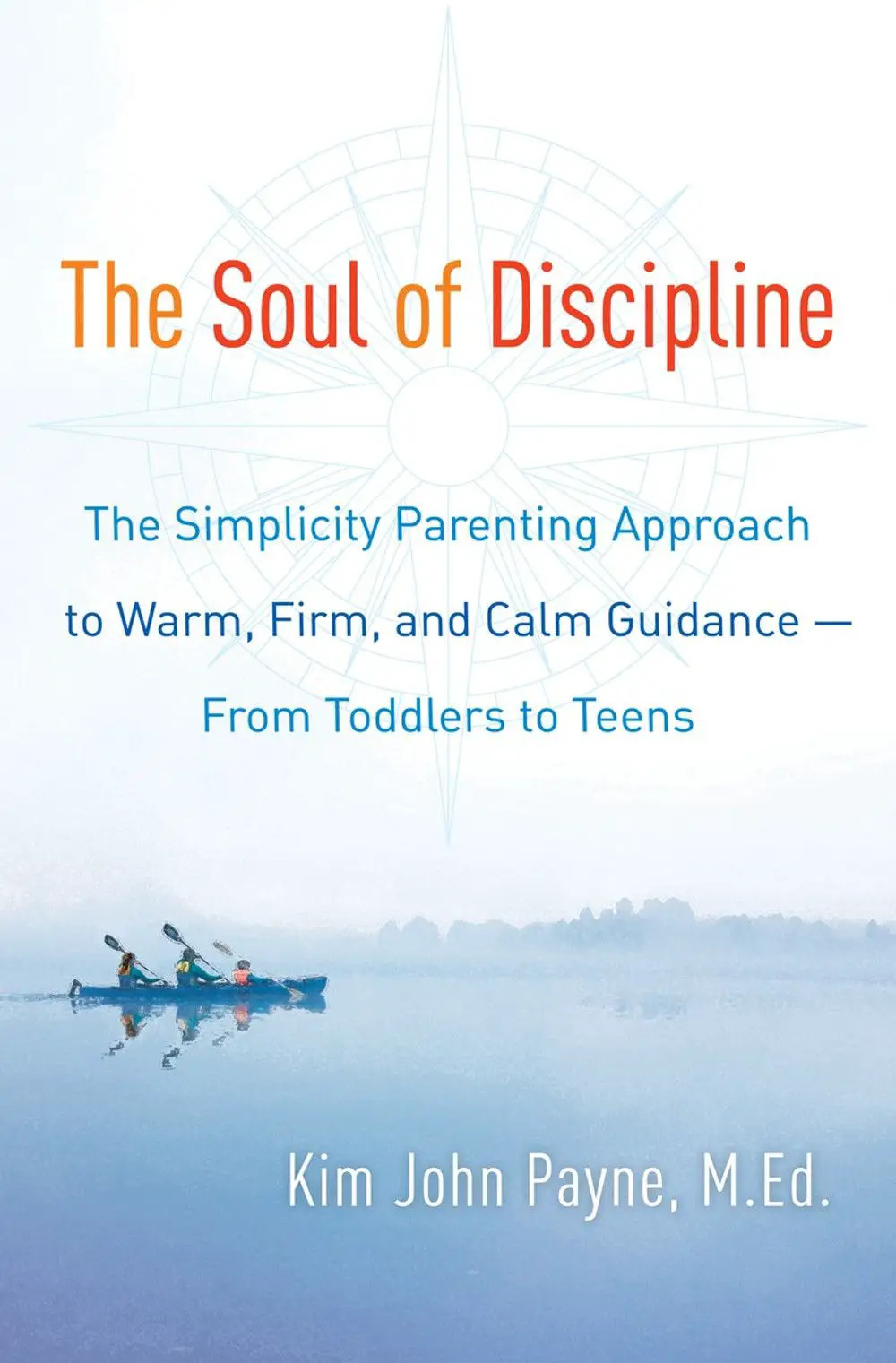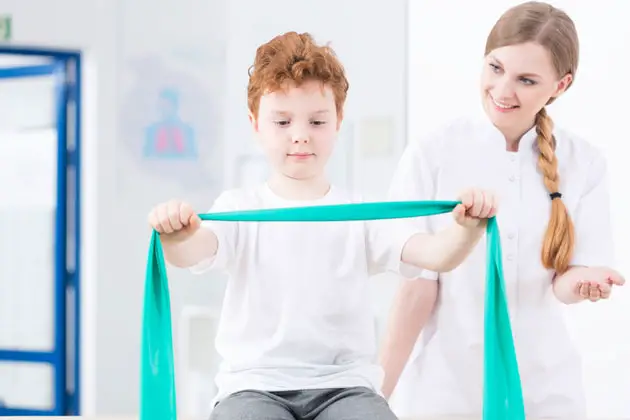A quiet, loving presence is deeply affirming to a child. Anything else can be distraction and verbal clutter.
Let’s take the example of a child painting or working on a construction project. If you walk by, slow your pace and pause. Many parents say that learning to pause is not as easy as it sounds because we are always busy or on the move. We have bought into the belief that perpetual activity is equivalent to being effective and successful. Instead, we need to learn how to pause and notice our children quietly.
The Slow-Soft-Say practice is a way to consciously interrupt overpraising.
Slow your pace and pause.
Soft eyes see your child.
Say little.
Parallel Parking
Rather than repeated verbal affirmation, try parallel parking. Take your work with you, and sit next to a child who is engaged in an activity, and just be with her. Let her see that you are also capable of focusing on a project, even if it is only for 15 minutes. Write a card to a friend, fix a hinge, knit, or peel carrots into a bowl next to her. Many parents discover a child will also parallel park beside them when they are doing a project in the workshop.
When you sit with a child or teen who is in that creative space, a connection opens up. Maybe an occasional word is exchanged, but essentially you are just there. It’s as if you and your child are in a boat floating down a gently flowing river on a sunny day, gazing at your surroundings. No words are needed. The quieter you are, the deeper your experience.
Establishing An Affirmation Budget
Many parents have said, “Not talking is really hard.” If you are a serial affirmer, talking and “good-job”-ing less often takes getting used to. But the economical use of meaningful affirmations helps build stronger family ties. Here are eight beneficial ways to use affirmation:
Semi-verbal affirmation. Why not just look at a child’s painting and say, “Well, well.” That’s it. Nothing more. Just a little affirmative “Hmm!” or “Gosh!” Such benign comments don’t distract a child. They keep him or her on track and communicate genuine encouragement.
Praise the process. When you praise the process, you encourage your child or teen to keep on task and affirm the process rather than just the outcome. You might say, “That’s coming along well” or “You’ve really moved that along.”
Be specific. Young children learn mainly through doing. When we are specific, we help them orient themselves in practical achievement. Say things like, “Thank you for setting the table without even being asked.” Tweens and teens appreciate when parents remain in this matter-of-fact or non-weird zone.
Affirm the timing. Letting children know when they exhibit good timing helps strengthen connections with siblings and parents. Tell your child, “That was a really good time to help your little sister. That big log was way too heavy for her to lift on her own.” This can also help in disciplinary situations. A parent can say, “Sarah, you had such good timing when you helped your sister build her fort yesterday, but today was not so good because she told you she didn’t want any help. That’s why she got upset.”
Affirm the difficulty or mistake. Just noticing that a child or teen has worked hard on something difficult is one of the best ways to affirm his or her efforts. You might say, “That basketball drill I saw you doing with the team was not easy for you, and you really kept at it.” This encourages stick-to-it-ness and signals to the child that difficulty and mistakes are an essential part of learning.
Say what you see. “You put your shoes on by yourself” or “You used a lot of red in your drawing today.” This helps a parent avoid forming a judgment. It often leads to a child describing his process and feeling good about telling you how he did it. This is an especially useful tool in speaking with tweens and teens because a judgment will often close them down and make them retreat even further into themselves, while an observation, on the other hand, will open up communication.
Ask a related question. “What was the hardest part to draw?” or “How did you figure out how to get the feet like that?” A child might respond with, “Yeah, well, it was hard, but you know how Brendan’s feet are really wide, and they’re just like ducks’ flippers, only he doesn’t like us saying that, and…” And a big story materializes. Again, you see the child’s world emerge and are present to her enthusiasm. She knows whether she’s gotten this just right or it’s not quite right yet. No parent wants to close his or her child down by judging her performance like some pseudo-art critic.
Recall and review previous successes. “You know, even though you’re frustrated with your drawing now, I have often seen you work these things out by yourself.” Children live in the now, and this kind of affirmation does two things. It lets a kid know that you understand his frustration and that it’s okay to feel that way. It also clarifies that, while you empathize with his emotional state, you see the big picture and remember his past successes. This is much better than flooding him with suggestions, which you may be tempted to do, but which will likely be rejected because they make him feel inadequate.
 |
From the book The Soul of Discipline by Kim John Payne, M.Ed. Copyright © 2015 by Kim John Payne. Reprinted by arrangement with Ballantine Books, an imprint of Random House, a division of Penguin Random House LLC. Available at randomhousebooks.com and wherever books are sold. |
RELATED: Sign up for our newsletter for more parenting tips.















